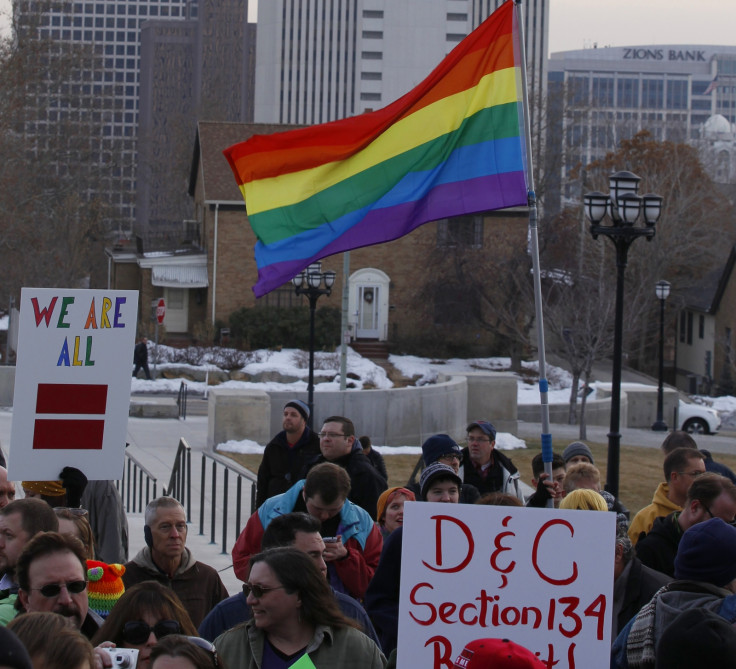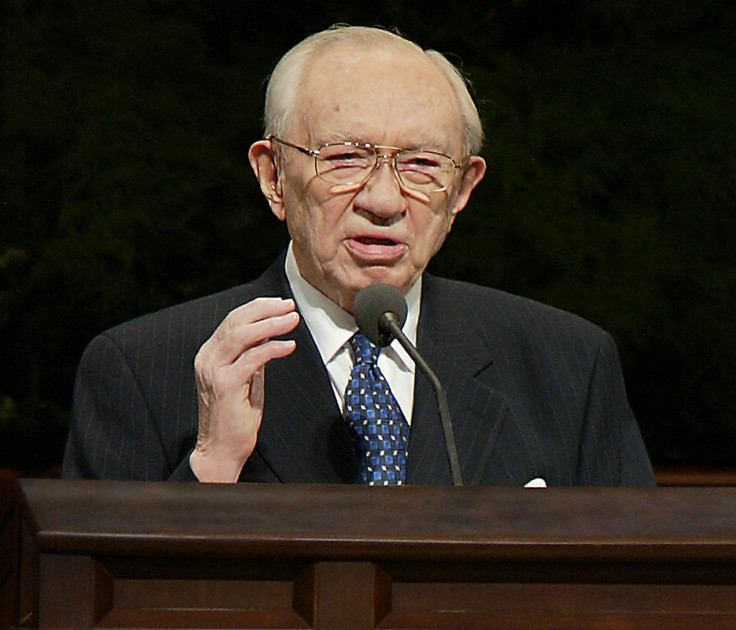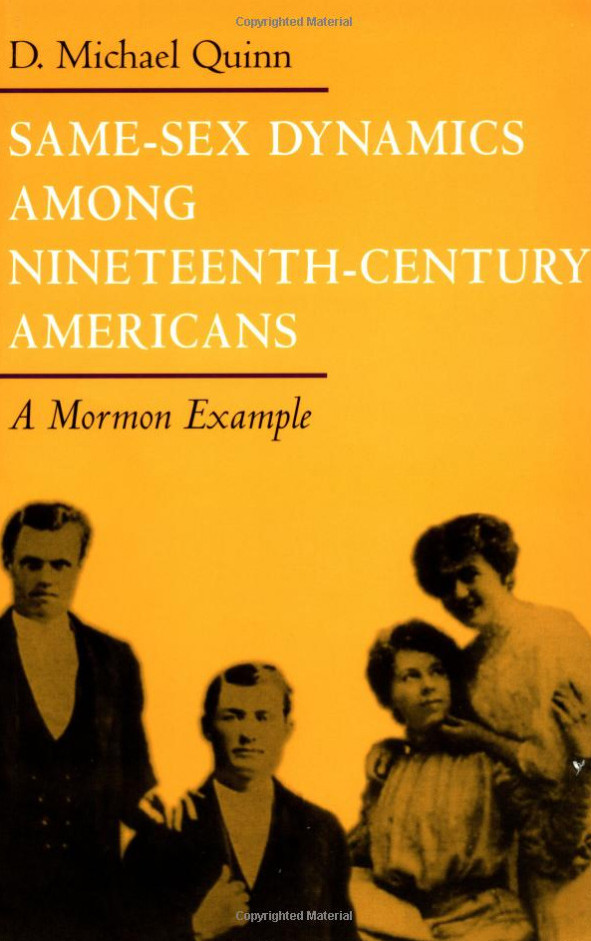Could Mormon LDS Church Perceptions Be Changing? Seattle Leaders Invite Gay People to Worship

Leaders of a Seattle branch of the Mormon Church of Jesus Christ of Latter-day Saints (LDS) have decided to sidestep the Law of Chastity to invite Mormon gay and lesbian members to worship.
The Washington Park LDS Ward in Seattle sent out letters to its "less-active members within the ward boundaries", that invited them to attend a church sacrament meeting on 19 October, according to the Salt Lake Tribune.
The letter read: "Our hope is that by attending church, you will see how many brothers and sisters you have in the gospel of Jesus Christ living near you.
"If you know of some whom we may be unaware of, please, invite them, too. There is a large community of members, gay and straight, who have yet to meet each other."
The Seattle congregational leaders acknowledged in the letter that participating in worship with the Mormon LDS Church, which is based in Salt Lake City, Utah, has sometimes been a "painful" experience for homosexual members.
To remedy this, the LDS church in Washington Park wanted to invite large numbers of lesbian and gay Mormons to attend the meeting so they would be able to feel a "strength in numbers" and not feel singled out.
"Your faith and your fellows need your strength, your testimony and your unique perspective on our gospel. You will be valued and welcomed as a part of our ward family," the leaders stressed in their letter.
The controversy of homosexuality according to the Mormons
Homosexuality continues to be a controversial subject in the Mormon LDS Church and, according to the Law of Chastity in the Mormon Gospel, homosexual behaviour is a serious sin.
In 2008, 50% of the campaign funding for Proposition 8, the failed Californian ballot proposition to eliminate the rights of same-sex couples to marry came from the Mormon LDS Church, as well as Mormon volunteers who went door-to-door petitioning voters.

"People inquire about our position on those who consider themselves so-called gays and lesbians. My response is that we love them as sons and daughters of God. They may have certain inclinations which are powerful and which may be difficult to control," former Mormon LDS Church president Gordon B Hinckley said in a speech in 1998.
"Most people have inclinations of one kind or another at various times. If they do not act upon these inclinations, then they can go forward as do all other members of the Church. If they violate the law of chastity and the moral standards of the Church, then they are subject to the discipline of the Church, just as others are."
Hinckley had said the Church would not stand idle if lesbian and gay Mormons tried to uphold and defend their right to live in a same-sex marriage situation.
Since the 1960s, the Mormon LDS Church has officially taught that homosexuality is a curable condition and even had a counselling programme to help "cure" young people from the "disease".
Early Mormons may have been more tolerant of gay and lesbian people
However, some former Mormons excommunicated from the Mormon LDS Church for coming out as gay, such as D Michael Quinn, believe early church leaders might have had a more tolerant view of homosexuality.

Quinn has written several critical Mormon studies including the book Same-Sex Dynamics Among Nineteenth-Century Americans: A Mormon Example.
In it, he controversially claimed active and prominent members of the Mormon LDS Church in Utah were not disciplined in the 19<sup>th century although they publicised that they were living in intimate same-sex relationships, such as Evan Stephens, Louise B Felt and May Anderson.
However, there is no concrete evidence that the relationships were sexual. Nevertheless, it is possible Mormon perceptions — perhaps not in Utah but elsewhere — might be changing towards the LGBT community.
At the moment, one of the most prominent openly gay Mormons is Mitch Mayne, who was previously the executive secretary in the Bishopric of the Bay Ward of the San Francisco Stake of the Mormon LDS Church.
When the bishop he served for was relocated to another state in 2013, Mayne was asked by the Mormon LDS Church in San Francisco to continue his work in reconciling Mormon and LGBT communities in the area.
"Let's be clear here. While this has great impact to the LGBT community, it also extends that same hand of welcome to straight members who feel 'on the outside looking in' for whatever reason," Mayne told Mormon blogger Jana Riess.
"I suspect what they'll see is exactly what we've seen in San Francisco — the return not only of LGBT members but also many who have left because of the way we've responded to the LGBT community."
The Seattle Mormon LDS Church says it is serious about wanting to reuinite its congregation.
"Believing that many of our gay and lesbian brothers and sisters have been alienated from Mormonism, from the congregations they once called home, we wanted to reach out to them and invite them to return and join our religious community," Aaron Brown, a stake high councillor who oversees public affairs for the Seattle Mormon LDS Church, told Riess.
"We want to make our congregations safe, more welcoming, more loving spaces where all our members — gay or straight — can fellowship and worship together, regardless where they are in life. So we pursued this LGBT initiative as a means of extending that invitation and showing that we are serious about it."
© Copyright IBTimes 2025. All rights reserved.




















